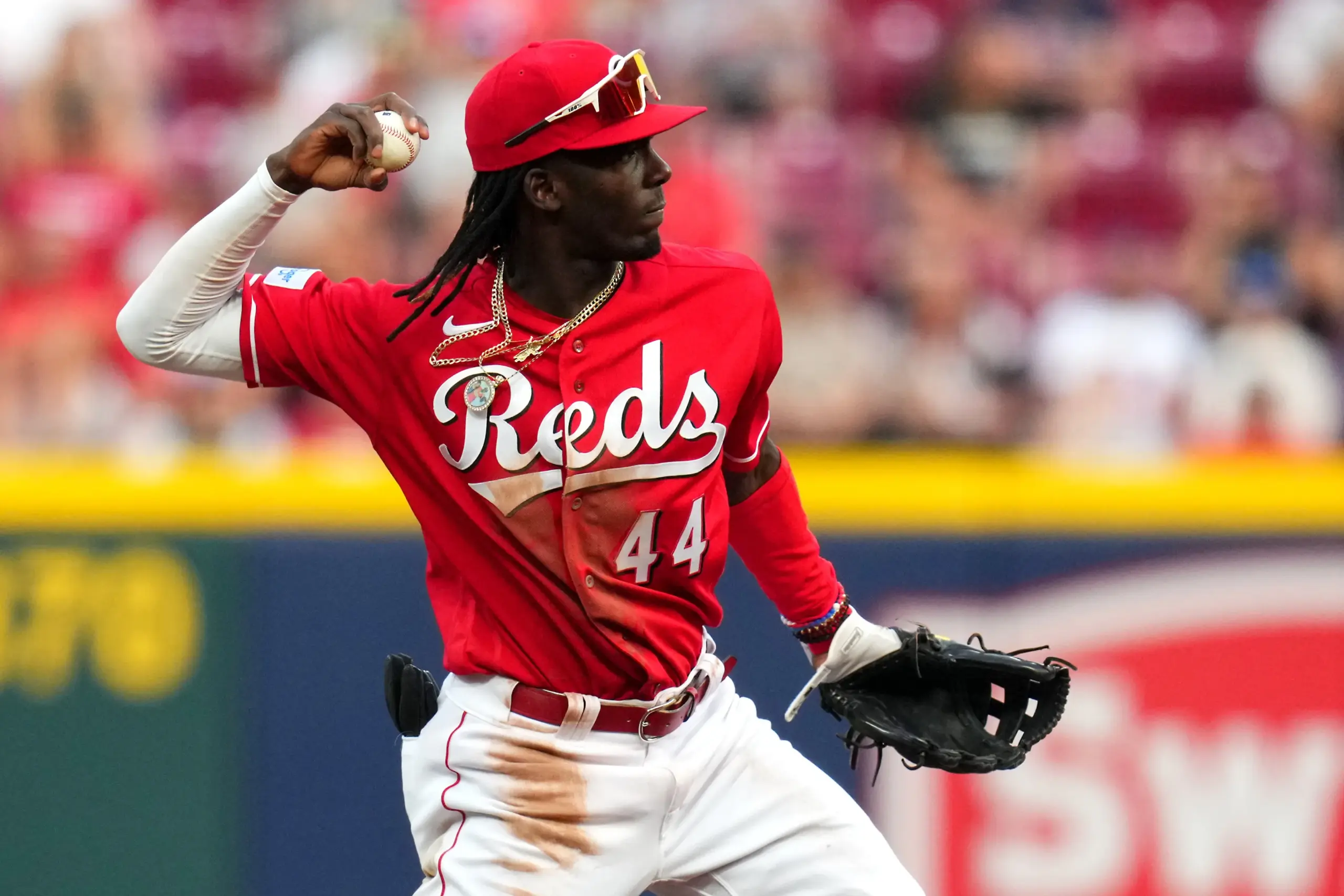Here’s something that might surprise you about professional sports: the economic policies designed to level the playing field don’t always work as intended. Salary caps explained in simple terms sound fair—they’re meant to prevent wealthier teams from buying success and to ensure every team has a shot at winning. But in practice, the promise of competitive balance often falls short. Their track record tells a more complex story than most fans realize.
Consider this reality check. Whether you’re placing a wager on Bally Bet Sportsbook or simply watching your favorite team, you’re witnessing the results of different economic experiments playing out across major leagues. Some create genuine parity. Others? Well, they’re barely more effective than having no restrictions at all.
The stakes couldn’t be higher. We’re talking about policies that affect billions in revenue and ultimately determine which cities get to celebrate championships. Yet the relationship between salary restrictions and competitive balance remains one of sports economics’ most misunderstood phenomena.
Who Really Wins Championships?
Let’s cut straight to the evidence that reveals everything about salary cap effectiveness. When we examine the average market size of championship participants over the past decade, a clear pattern emerges that exposes which systems actually work.
The NFL’s Super Bowl contestants come from markets averaging 16th in size. NHL championship participants? Also 16th on average. Compare this to Major League Baseball, where championship contenders average the 7th largest market. The NBA falls somewhere between at 14th.
Think about what this means. Smaller average market sizes indicate that teams from less wealthy areas can compete for titles. It’s a direct measure of whether economic policies are creating genuine opportunity or simply maintaining the status quo.
MLB’s struggles become even starker when you examine spending patterns. In 2024, the five highest-spending teams ranged from $268 to $353 million, while the five lowest spent between $84 and $123 million. That’s nearly a four-to-one ratio despite the league’s Competitive Balance Tax threshold of $241 million for 2025.
The disparity explains why smaller markets rarely celebrate World Series victories. Cleveland, Milwaukee, Kansas City—these aren’t just underdog stories. They’re predictable outcomes of an economic system that allows wealthy teams to consistently outspend their competition. Actually, research shows this pattern has cost MLB players $2.3 billion over the past decade compared to what they would’ve earned under revenue-sharing arrangements similar to other leagues.
Hard, Soft, and Hardly There
Understanding why these outcomes differ requires examining how salary restrictions actually function. The NFL operates what economists call a “hard cap”—teams simply cannot exceed 48% of anticipated league revenue, period. More importantly, they must spend at least 89% of that cap over four-year periods, creating both a ceiling and a floor.
The NBA takes a different approach with its “soft cap” based on 51% of Basketball Income. Teams can exceed limits through various exceptions, but face escalating penalties through multiple “apron” thresholds. It’s more flexible than the NFL’s system, yet still maintains meaningful constraints.
Then there’s baseball’s approach, which barely qualifies as a salary cap at all. The luxury tax functions more like a mild suggestion than a genuine restriction, lacking any minimum spending requirements.
Academic research supports what these market size numbers suggest. Studies have found that salary restrictions, including both caps and floors, represent the most effective method for maintaining competitive balance. The dual approach prevents both excessive spending and the opposite problem—teams that pocket revenue-sharing money without investing in talent.
Here’s where it gets interesting, though. Not all research agrees that salary caps work. One comprehensive study examining competitive balance data found no evidence suggesting that salary caps helped competitive balance when measured as variation in wins between the best and worst teams. The contradiction highlights how implementation details matter more than the concept itself.
What we know for certain is that strategic salary management within cap constraints can become a competitive advantage. NFL research spanning a decade showed that effective management of player compensation directly resulted in increased wins—suggesting the system rewards smart decision-making rather than simply deep pockets.
The Unintended Consequences Game
But competitive balance isn’t the only consideration. Economic research reveals that salary caps might actually reduce social welfare when fans prefer watching elite talent over evenly matched competition. It’s a trade-off most people don’t consider: perfect parity might mean lower overall quality.
The global trend toward salary restrictions continues regardless. Even the EuroLeague recently introduced “Competitive Balance Standards” as salary cap mechanisms, demonstrating how these policies spread beyond North American sports. Whether this represents genuine improvement or simply following fashion remains unclear.
For players, the implications vary dramatically by league. MLB’s resistance to comprehensive salary restrictions has proven costly—while league revenue grew 4.1% annually over the past decade, player salaries increased only 3%. Had salaries been tied to revenues as in other leagues, players would have earned that additional $2.3 billion mentioned earlier.
The most successful systems don’t rely on caps alone. They combine hard spending limits with revenue sharing and salary floors, creating what amounts to competitive socialism within capitalist enterprises. The NFL’s “any given Sunday” phenomenon exists precisely because this comprehensive approach works.
Consider the irony: leagues that embrace more aggressive wealth redistribution policies tend to generate higher revenues and more unpredictable outcomes. Meanwhile, baseball’s more traditional free-market approach produces both lower competitive balance and constrained player compensation.
Rethinking the Balance Sheet
So do salary caps shape competitive balance? The answer depends entirely on how you design and implement them.
- Hard caps with salary floors and revenue sharing: Proven effective at creating parity (NFL, NHL)
- Soft caps with meaningful penalties: Moderately successful (NBA)
- Luxury taxes without floors: Largely ineffective (MLB)
The evidence suggests that half-measures don’t work. You either commit to comprehensive economic intervention or accept that market forces will determine competitive outcomes. There’s little middle ground that achieves meaningful parity.
Perhaps the real question isn’t whether salary caps work, but whether perfect competitive balance is worth the potential cost in overall talent quality. After all, would you rather watch the best players in the world compete unevenly, or slightly lesser talent compete on equal terms?
The answer probably depends on whether your team plays in a large market or a small one. Funny how economics works that way.



